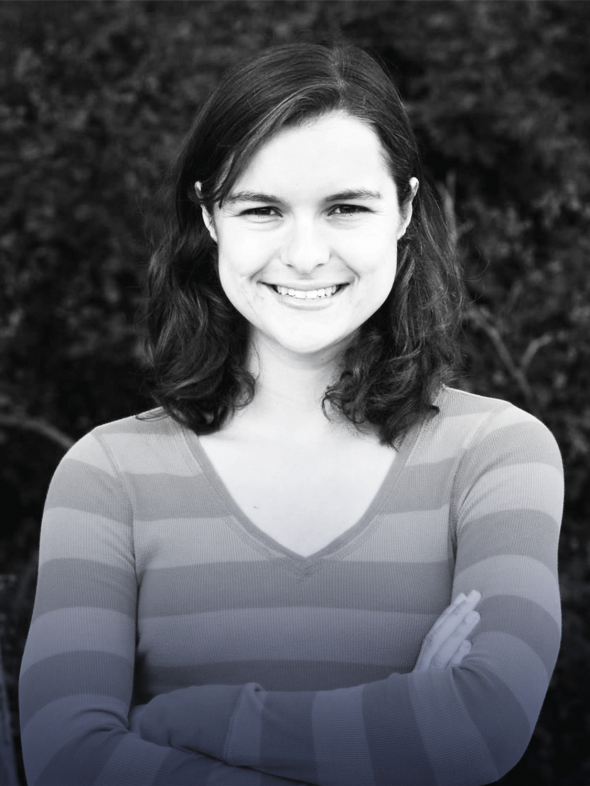
` Chelsea Finn, 25
Berkeley Artificial Intelligence Lab
Her robots act like toddlers—watching adults, copying them in order to learn.
Chelsea Finn is developing robots that can learn just by observing and exploring their environment. Her algorithms require much less data than is usually needed to train an AI—so little that robots running her software can learn how to manipulate an object just by watching one video of a human doing it.
Finn’s robots act like toddlers, watching adults do something and copying them. A wooden shape-sorting toy in her lab shows evidence of the process: marks from where a robot repeatedly bashed a red cube before learning to place it inside the square hole.
Her ultimate goal is to create robots that can be sent off into the world and acquire a general set of skills—not because they’ve been programmed for those tasks but because they’ve been taught to learn by observing. This might mean factory robots that wouldn’t have to be trained by teams of engineers, or AI systems that recognize objects without being trained on labeled images.
Finn thinks a good intermediate goal for her robots is to teach them how to set the table. The first step is to make robots that can learn how to arrange multiple objects. “In many ways, the capabilities of robotic systems are still in their infancy,” she says. “The goal is to have them gain common sense.”
—Katherine Bourzac
